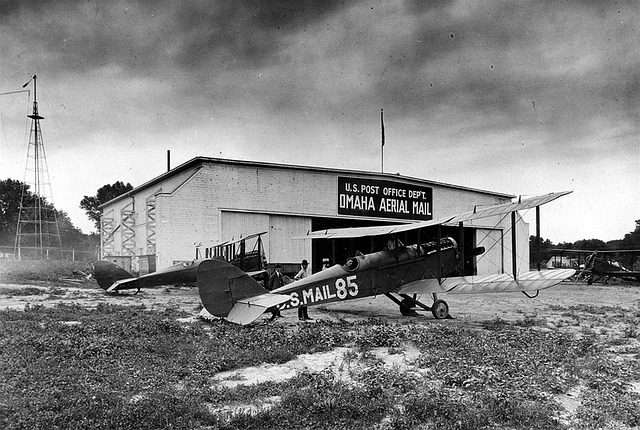Private Jet Charter History: The Origin of Airplane Hangars
Could you imagine continually leaving a multi-million-dollar jet out in the elements with no protection? You might do that with an old, beat-up pickup truck, but it would be unthinkable with something as valuable as a private jet charter aircraft. Thankfully, there are purpose-built airplane hangars that allow charter operators to:
- Shelter aircraft in a controlled environment
- Perform maintenance and repairs
- Store parts, materials and equipment
The original airplane hangars were far less sophisticated than they are today. They were, in fact, nothing more than farm outbuildings. The word is actually derived from the French word ‘hangard,’ which loosely translates as ‘enclosure near a house.’ Soon after aviation pioneers began taking to the skies in the early 1900s, hangars soon followed. As the saying goes: necessity is the mother of invention. A good example of this is French pilot Louis Bleriot. He crash-landed his airplane in a field in northern France in 1909 as he was attempting to cross the English Channel. Needing a place to assess and repair his plane, he stored it in a nearby farmer’s cattle shed. Before that, in 1902, the Wright brothers stored their glider, known as the Wright Flyer, in a wooden hangar in North Carolina. With a wingspan of nearly 40 feet, the structure had to be purpose-built.
Evolving with the Industry

- Multi-leaf crossover doors
- Outrigger doors
- Vertical lift doors
Modern Private Jet Charter Hangars

- Airbus A380: 262-foot wingspan
- Boeing 747-8: 223-foot wingspan
- Antonov An-225 Mriya: 290-foot wingspan
Additionally, these aircraft are longer than they are wide, which means their hangars require a massive building footprint. For access to a range of private jet charter aircraft, call Stratos Jet Charters. We coordinate charter flights for everything from light jets all the way up to charter airliners—call us toll-free at 888.593.9066
Are you ready to book your Los Angeles to Miami charter flight yet?
Our friendly, expert air charter agents are here to answer questions or start your quote today. Don`t wait, call now and we'll get you on your way to your destination!
Call 888-593-9066











